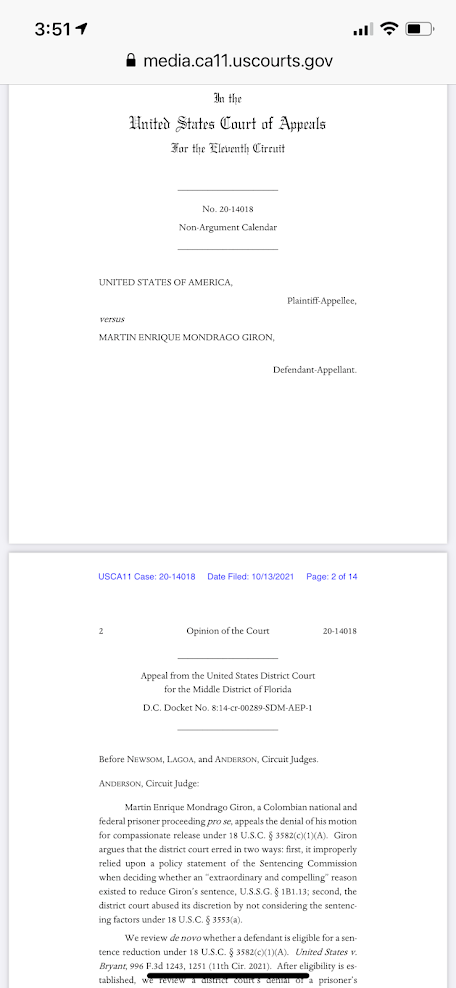This is crazy. The Sentencing Commission released a sentencing tool called JSIN so that judges can see average sentences before making a decision. The problem -- the statistics exclude all sentences in which the judge did not impose incarceration. Michael Yeager discusses the flawed data in this article at Law360:
First, JSIN excludes all sentences for cooperating witnesses, meaning cases in which the government filed and the court granted a Section 5K1.1 motion for a substantial assistance departure....
Second, JSIN includes mandatory minimum sentences, which by definition are not examples of how judges have exercised discretion. In fact, they're the opposite....
Third, and most important, JSIN excludes all nonimprisonment sentences: not just nonimprisonment sentences due to a Section 5K1.1 motion, or application of Section 5K3.1's safety valve, but rather all nonimprisonment. That is, all sentences that are probation only, fine only, alternative confinement only (such as home confinement) or any combination of those options that doesn't also include prison time.
At positions on the sentencing table where the range is zero to six months, that means that JSIN is excluding sentences within the advisory range. And even at many higher positions on the sentencing table, a substantial portion of cases are nonimprisonment. Yet, JSIN excludes all of them from its averages and medians.
The effect of these choices can be dramatic. When JSIN is queried for stats on the position of the sentencing table for U.S. Sentencing Commission Section 2T1.1 — tax evasion, offense level 17 and criminal history I — JSIN reports the median sentence as 18 months. But when one uses the commission's full dataset to calculate the median on that same cohort (Section 2T1.1, level 17, history I, no 5K1.1) and includes sentences of probation, the median is significantly lower. Instead of JSIN's 18 months, the median is just 12 months. That's a whole six months lower — and a 33% decrease....
[B]y conducting a more complete study of the Sentencing Commission's data than the JSIN provides, the defense could also examine particular aspects of a guidelines calculation, such as loss or drug weight. The defense could strip out mandatory minimum sentences or do an analysis of 10 or 15 years of cases, not just five. They could also break down cases by circuit or district, not just nationally. Now that JSIN is available, defense attorneys should consider all the above. It was already a good idea to use accurate and complete data analysis of similarly situated defendants. But now the need has increased. The defense now has to counter JSIN and the false impression it creates.








